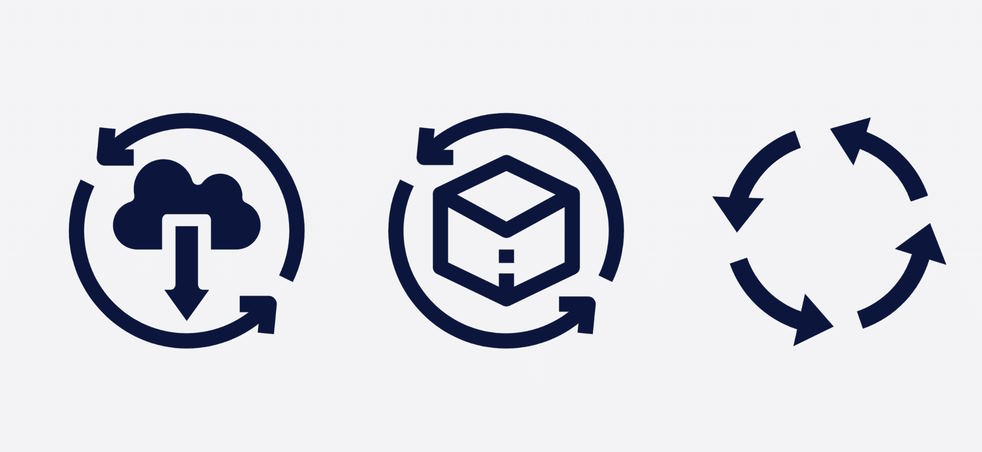
The Benefits and Challenges of Implementing Continuous Integration and Delivery in DevOps
Continuous Integration and Delivery (CI/CD) has revolutionized the way software is developed. Integrating source code versions more frequently can identify bugs early in the development process, and integrations are less likely to fail. In addition, businesses benefit from improved agility as developers feel more empowered to make feature changes without needing a lengthy signoff procedure. It’s not just about speed though – with CI/CD, another key advantage is that testing becomes much easier as teams can run automated tests any time there’s a change in the system. Despite these advantages, many organizations find it challenging to implement this type of workflow within their existing structure, often due either to technical issues or cultural resistance from team members used to working differently. In this blog post, we’ll look at both the benefits and challenges involved with implementing CI/CD so that you can decide whether it’s right for your organization.
What is continuous integration and delivery, and how can they improve your DevOps strategy?
The primary benefit of CI/CD is that it reduces feedback loops by automating many tedious manual tasks associated with software development. This allows teams to focus on delivering business value instead of worrying about manual deployment processes or debugging environment issues. It also helps ensure that all code changes are tested for potential bugs before they reach the production environment, allowing problems to be addressed early on.
CI/CD can also help speed up development cycles and improve team collaboration by making it easier for developers to push changes without waiting for manual approval or deployment. Finally, CI/CD can significantly reduce deployment downtime by ensuring that code is tested and deployed quickly with minimal risk.

In order to get started with a CI/CD pipeline, organizations need to have a reliable source control system in place, such as Git or Subversion, automated testing set up (such as unit tests or integration tests), and an automated build system configured (e.g., Jenkins). Additionally, organizations should ensure that their pipelines are well monitored so that any issues can be identified and resolved quickly.
By implementing a CI/CD pipeline, organizations can ensure that changes are deployed quickly and reliably while also reducing the time spent on manual processes such as testing and deployment. This will ultimately lead to more reliable software releases with fewer bugs and faster delivery cycles. In short, CI/CD is essential to any successful DevOps strategy.
How continuous integration and delivery can help your DevOps team succeed
Continuous integration and delivery (CI/CD) is a process of creating, testing and deploying software more quickly and efficiently. With the help of automated tools, teams can collaborate and build applications with greater velocity. This enables DevOps teams to deliver high-quality features that meet customer quickly needs in a timely manner.

By using CI/CD pipelines, developers can continuously integrate new code into existing ones without manually merging them. Automated tests are then run to ensure the new code doesn’t break any existing functionality. Once these tests pass, the code can be deployed faster to production environments for customers to use.
In addition to improving speed and accuracy, continuous integration also offers several advantages over traditional manual deployments. It gives teams real-time feedback about which features are working and which aren’t. This helps developers quickly identify problems, isolate the root cause, and take corrective action.
Continuous delivery also helps DevOps teams ensure that all applications remain secure and up to date. For example, automated tests are used to quickly detect any vulnerabilities in new code before it’s deployed, minimizing the risk of security breaches. In addition, automated processes can be configured to update applications regularly, ensuring they always remain compliant with industry standards.
In summary, continuous integration and delivery is an important tools for any DevOps team looking to succeed in today’s digital world. By automating tedious tasks, teams can focus their energy on delivering better customer experiences. Furthermore, with the help of automated tools, DevOps teams can quickly and efficiently deliver high-quality features in a timely manner.
